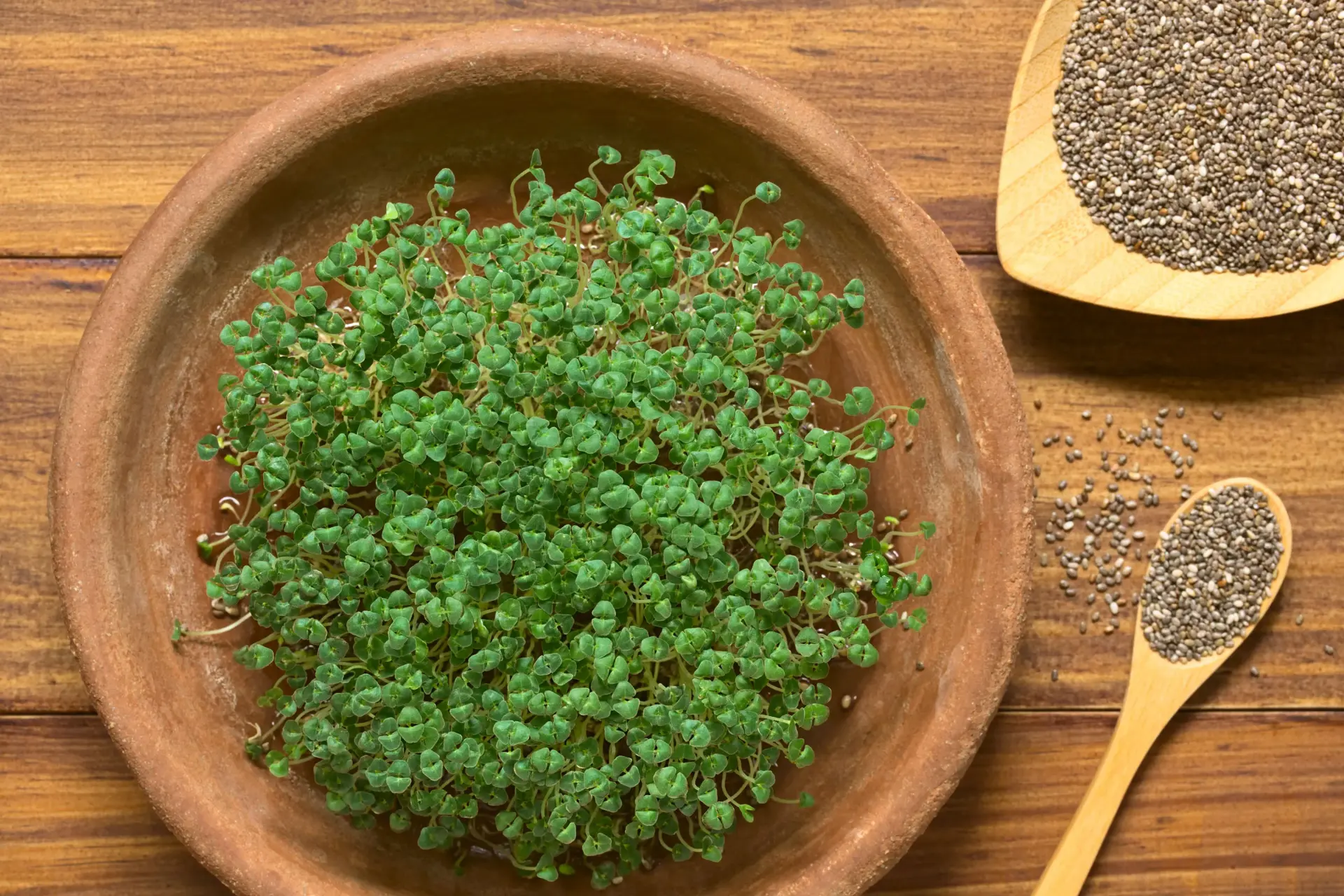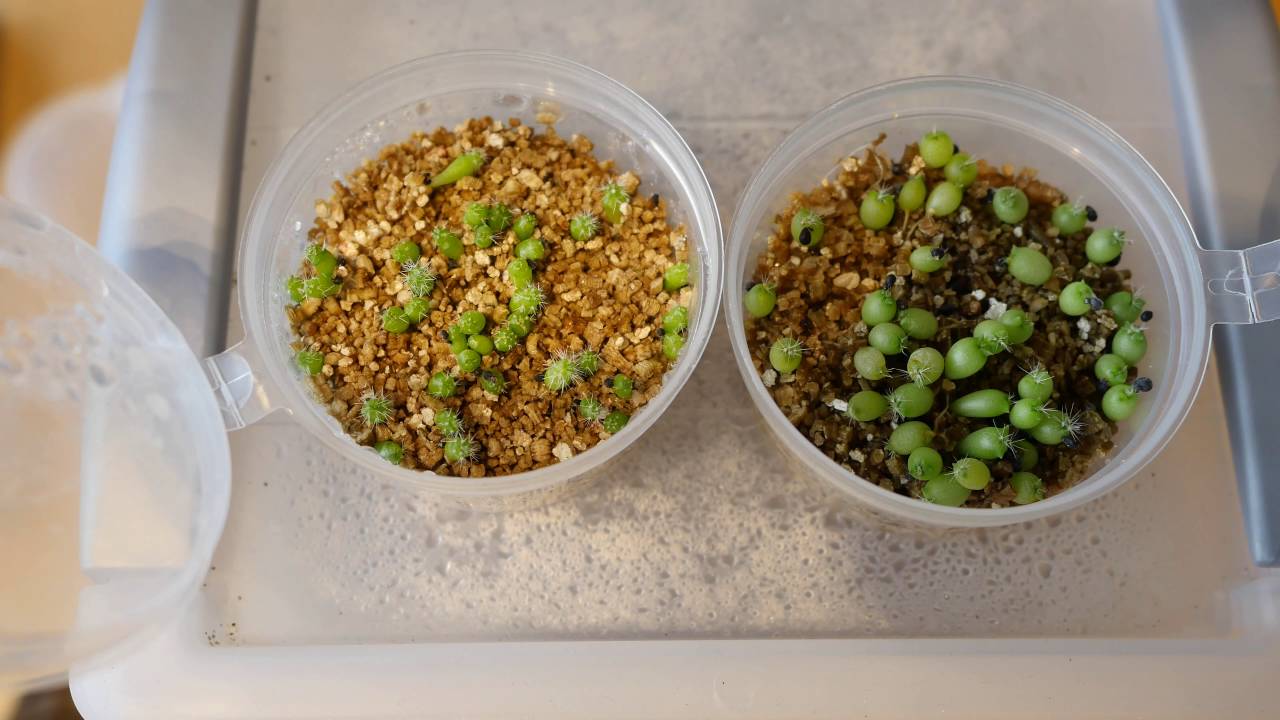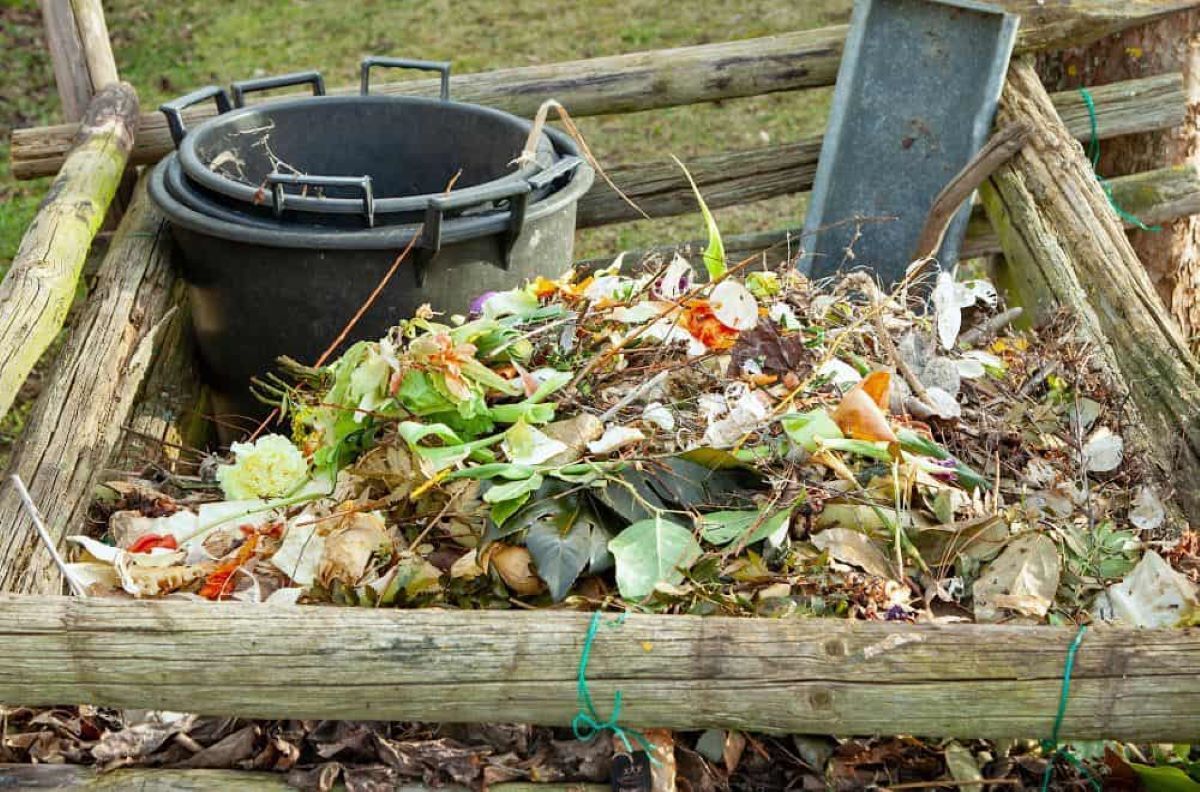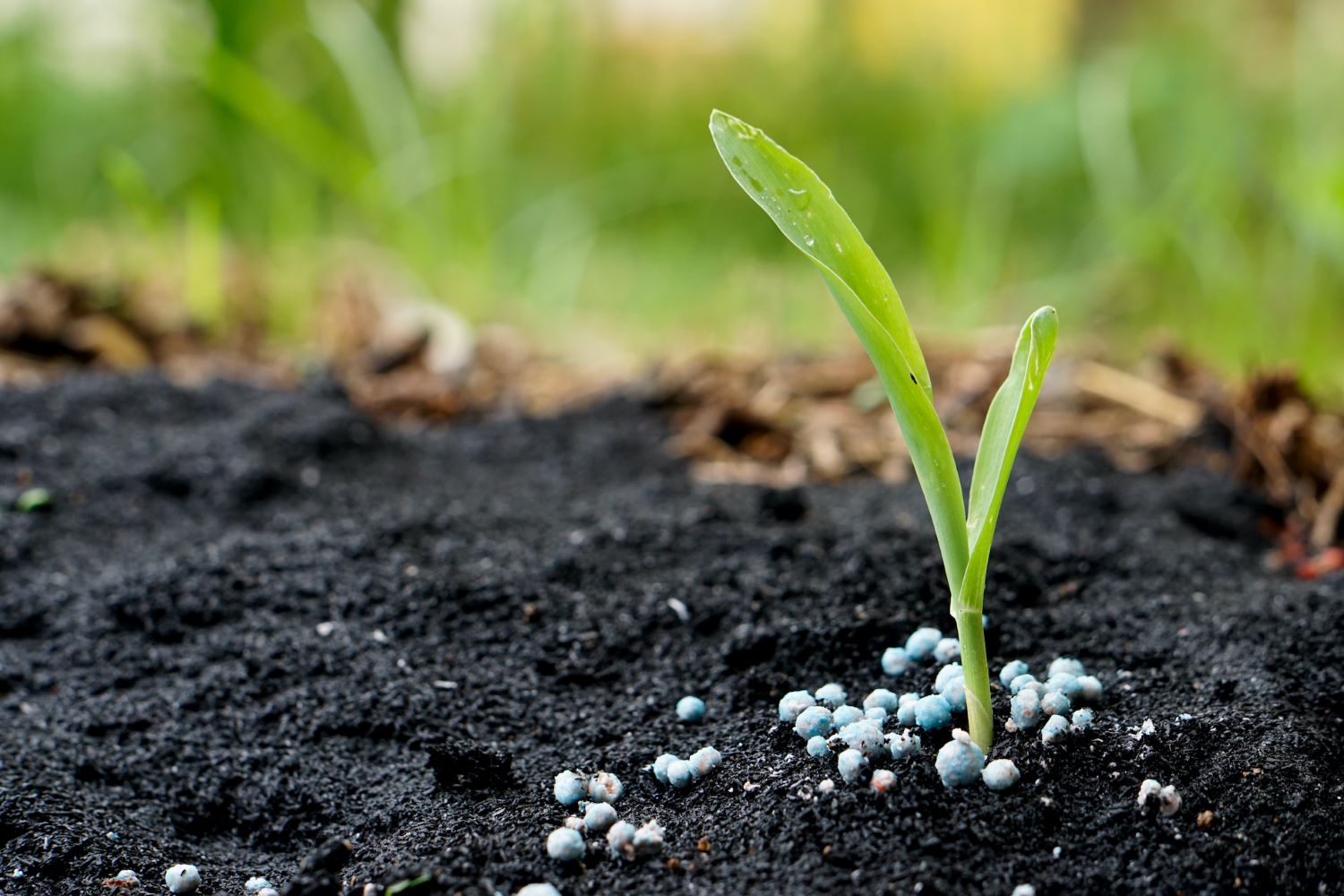Home>Types of Gardening>Ornamental Gardening>How Long Does It Take Shrubs To Grow
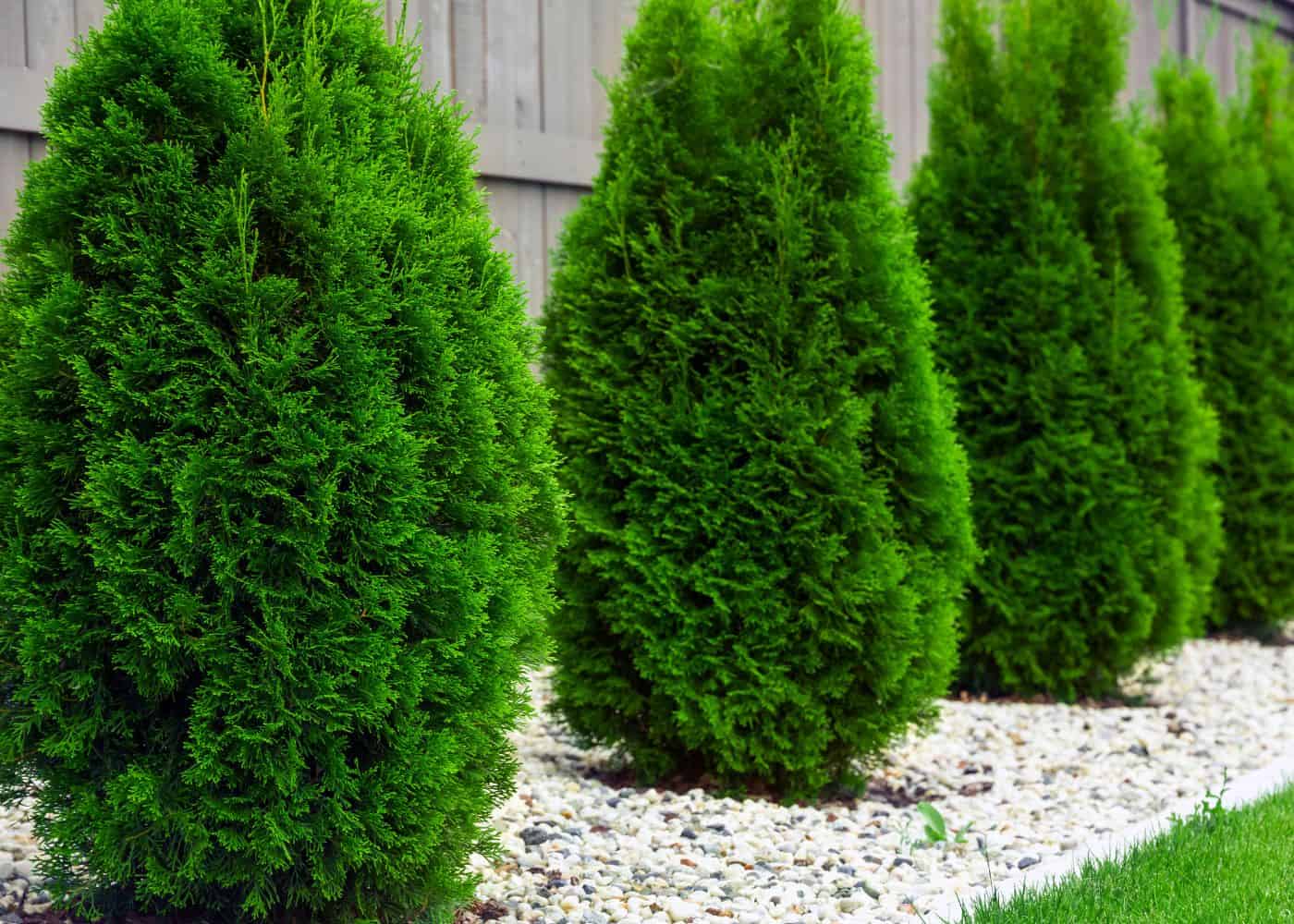

Ornamental Gardening
How Long Does It Take Shrubs To Grow
Modified: February 6, 2024
Discover the timeline for shrubs to grow in your ornamental garden. Find out how long it takes for your shrubs to flourish and enhance your outdoor space.
(Many of the links in this article redirect to a specific reviewed product. Your purchase of these products through affiliate links helps to generate commission for Chicagolandgardening.com, at no extra cost. Learn more)
Table of Contents
Introduction
Welcome to the wonderful world of ornamental gardening! If you’re a plant enthusiast and enjoy creating beautiful landscapes, then you’re in the right place. One of the key elements of any stunning garden is the use of shrubs. These versatile and decorative plants can add texture, color, and structure to your outdoor space.
Shrubs come in all shapes and sizes, from compact bushes to towering hedges. They can be evergreen or deciduous, blooming with vibrant flowers or displaying striking foliage throughout the year. Whether you’re looking to create a privacy screen, add visual interest to your garden beds, or simply enhance the overall aesthetics of your outdoor area, shrubs are a reliable choice.
However, it’s essential to have realistic expectations when it comes to the growth of shrubs. Unlike annuals or perennials that may spring to life within weeks or months, shrubs have a longer growth cycle. Patience is key when it comes to ornamental gardening, as shrubs typically take several years to reach their full potential.
In this article, we will explore the factors that affect the growth of shrubs, the different types of shrubs available, average growth rates for various species, and how environmental conditions can impact their growth. We will also provide useful tips for promoting healthy and vigorous growth. By the end of this article, you’ll have a better understanding of what it takes to cultivate thriving shrubs in your own garden.
Factors Affecting Shrub Growth
Several factors can influence the growth and development of shrubs. Understanding these factors is crucial for creating optimal growing conditions and ensuring the health and vitality of your plants.
1. Soil Quality: The quality of the soil plays a significant role in the growth of shrubs. Well-draining soil that is rich in organic matter provides the necessary nutrients and allows for proper root development. Conduct a soil test to determine the pH level and nutrient content of your soil, and make any necessary amendments to optimize its quality.
2. Light Requirements: Different shrub species have varying light requirements. Some thrive in full sun, while others prefer partial shade or even deep shade conditions. Research the specific light needs of the shrubs you’re growing and ensure they are placed in an area that provides the appropriate amount of sunlight.
3. Watering: Proper watering is crucial for the growth of shrubs. While it’s important to provide enough water to keep the soil moist, overwatering can lead to root rot and other issues. Consider the specific water needs of each shrub species and adjust your watering schedule accordingly.
4. Fertilization: Shrubs benefit from regular fertilization to ensure they receive the necessary nutrients for healthy growth. Use a balanced, slow-release fertilizer specifically formulated for shrubs, following the instructions on the packaging. Avoid over-fertilizing, as it can lead to excessive growth or nutrient imbalances.
5. Climate: Different shrub species have varying climate preferences. Some are adaptable to a wide range of climates, while others are more specific in their requirements. Consider the hardiness zone of your area and choose shrubs that are well-suited to your climate for better growth and survival.
6. Pruning: Proper pruning techniques can greatly influence the growth and shape of shrubs. Regular pruning helps to maintain desired size, remove dead or diseased branches, and promote new growth. However, pruning at the wrong time or incorrect pruning techniques can hinder growth. Research the specific pruning requirements of your shrubs and follow best practices.
By taking these factors into account and adjusting your gardening practices accordingly, you can create an environment that promotes optimal growth for your shrubs. Remember, every species is unique, so it’s essential to research and understand the specific needs of the shrubs you’re growing.
Types of Shrubs
Shrubs come in a wide variety of shapes, sizes, and characteristics, making them a versatile choice for any gardener. Here are some common types of shrubs that you can consider for your garden:
- Evergreen Shrubs: These shrubs retain their foliage throughout the year, providing year-round interest and structure to your garden. Examples of popular evergreen shrubs include Boxwood, Holly, and Rhododendron.
- Deciduous Shrubs: Deciduous shrubs shed their leaves during the winter months, allowing for seasonal changes in your garden. They often offer striking blooms in spring or vibrant foliage color in autumn. Some commonly grown deciduous shrubs include Forsythia, Hydrangea, and Spiraea.
- Flowering Shrubs: These shrubs are prized for their beautiful and often fragrant blossoms. They add a splash of color and attract pollinators to your garden. Examples of flowering shrubs include Azalea, Lilac, and Rose of Sharon.
- Foliage Shrubs: Foliage shrubs are grown primarily for their attractive leaves. They come in a range of colors, shapes, and textures, adding visual interest and diversity to your garden. Some popular foliage shrubs include Japanese Maple, Barberry, and Smokebush.
- Compact Shrubs: If you have limited space or prefer smaller plants, compact shrubs are an excellent choice. These varieties stay relatively small in size, making them ideal for container gardens or tight spaces. Examples of compact shrubs include Boxwood cultivars, Dwarf Hydrangea, and Dwarf Spirea.
- Hedging Shrubs: Shrubs can also be used to create hedges and privacy screens in your garden. These shrubs have dense foliage and can be trimmed into desired shapes. Common hedging shrubs include Privet, Arborvitae, and Boxwood varieties.
- Native Shrubs: Native shrubs are well-adapted to the local climate and provide ecological benefits by attracting native wildlife and supporting pollinators. Examples of native shrubs include Red Twig Dogwood, Serviceberry, and Spicebush.
These are just a few examples of the wide range of shrubs available to gardeners. When choosing shrubs for your garden, consider factors such as size, growth habit, flower or foliage characteristics, and the specific needs of the plant. By selecting a diverse mix of shrubs, you can create a visually appealing and dynamic landscape.
Average Growth Rates for Different Shrubs
When it comes to the growth rate of shrubs, it’s important to understand that each species has its own unique characteristics. Some shrubs may grow quickly and reach their mature size within a few years, while others may have a slower growth rate and take several decades to reach their full potential. Understanding the average growth rates of different shrubs can help you plan your garden and manage expectations for their development.
Here are some examples of average growth rates for different types of shrubs:
- Fast-growing Shrubs: Some shrubs are known for their rapid growth rates, quickly filling in gaps in your garden or creating privacy screens. These may include shrubs like Forsythia, which can grow up to 24 inches per year, or the Leyland Cypress, which can grow more than 3 feet per year.
- Moderate-growing Shrubs: Many shrubs fall into the moderate-growth category, taking a few years to reach their mature size. Examples include Spirea, which can grow around 6 to 12 inches per year, or the Knock Out Rose, which can grow around 2 to 3 feet in height and width over a few years.
- Slow-growing Shrubs: Some shrubs have a slower growth rate and may take several years or even decades to reach their mature size. These shrubs often have a compact and dense growth habit. Examples include the Japanese Maple, which may only grow a few inches per year, or the Boxwood, which grows at about 1 to 6 inches per year.
- Variable-growing Shrubs: Some shrubs may have variable growth rates depending on various factors, including environmental conditions and care practices. Factors such as soil quality, light exposure, and pruning techniques can influence the growth rate. Examples of variable-growing shrubs include Hydrangea and Rhododendron, which may have different growth rates depending on the specific cultivar.
It’s important to note that these growth rates are general guidelines and can vary depending on various factors. It’s always recommended to research specific shrub varieties and consult with local gardening experts or nurseries for accurate growth rate information.
Remember, regardless of the growth rate, shrubs require consistent care and maintenance to thrive. Providing proper watering, fertilization, pruning, and protection from pests and diseases can help ensure healthy growth and longevity for your shrubs.
Environmental Conditions and Growth Rate
The growth rate of shrubs is influenced by various environmental conditions. Understanding how these conditions affect growth can help you create an optimal growing environment for your plants. Here are some key environmental factors to consider:
- Sunlight: Sunlight is essential for photosynthesis, the process by which plants convert sunlight into energy. Different shrubs have varying sunlight requirements, ranging from full sun to partial shade or deep shade. Exposing shrubs to the appropriate amount of sunlight can promote healthy growth. Ensure that you plant sun-loving shrubs in areas of your garden that receive direct sunlight for a significant portion of the day.
- Temperature: Shrubs have preferred temperature ranges for growth and may be classified as cold-hardy or heat-tolerant. Extreme temperatures can stress shrubs and inhibit their growth. Research the specific temperature requirements of the shrubs you are growing and select varieties that are suited to your climate. Consider providing protection, such as mulching, during extreme cold or hot periods.
- Moisture: Adequate moisture is crucial for shrub growth. Different shrubs have different moisture requirements. While some tolerate dry conditions, others thrive in consistently moist soil. Ensure that you provide enough water to keep the soil consistently moist but not waterlogged. Mulching can help retain moisture and prevent evaporation.
- Soil Type and pH: Shrubs have varying soil preferences in terms of texture, drainage, and pH level. Some shrubs thrive in sandy soil, while others prefer loamy or clayey soil. Conduct a soil test to determine the pH level and nutrient content of your soil. This will help you make adjustments to ensure optimal growing conditions for your shrubs. Amendments such as organic matter or fertilizers can be added to improve soil quality.
- Wind Exposure: Strong winds can damage shrubs and slow down their growth. Consider the wind patterns in your area and provide windbreaks or shelter for vulnerable shrubs, especially those with delicate foliage or shallow root systems. Planting shrubs near walls, fences, or other established structures can help mitigate wind effects.
- Pollution: Shrubs, like all plants, can be affected by air pollution and chemical contaminants. Some shrubs are more tolerant of pollution, while others are more sensitive. If you live in an urban or industrial area, choose shrubs known for their pollution-tolerance or consider adding plants that help improve air quality to your garden.
By considering and addressing these environmental factors, you can create an environment that promotes optimal growth for your shrubs. Each factor interacts with others, so it is important to find a balance that suits your specific garden conditions. Additionally, understanding your local climate and selecting shrubs that are suited to your region will greatly contribute to the overall success and growth rate of your plants.
The Impact of Pruning on Shrub Growth
Pruning is an important practice in ornamental gardening that can have a significant impact on the growth and overall health of shrubs. Proper pruning techniques can help shape the shrub, remove dead or diseased branches, stimulate new growth, and improve overall aesthetic appeal. However, it’s important to understand the impact that pruning can have on shrub growth.
Promoting Vigorous Growth: Pruning can encourage shrubs to produce new growth and become bushier. When you selectively remove branches or part of the plant, it prompts the shrub to allocate resources to the remaining branches, resulting in a fuller and more compact growth habit. Regular pruning can help maintain the desired size and shape of the shrub.
Improving Air Circulation and Sunlight Penetration: Pruning helps improve air circulation within the shrub, reducing the risk of fungal diseases. It also allows sunlight to reach the inner branches and lower parts of the shrub, promoting photosynthesis and healthy growth. Removing overcrowded branches and thinning out dense parts of the shrub can enhance its overall vitality.
Removing Dead or Diseased Wood: Pruning is an essential practice for removing dead, damaged, or diseased branches from shrubs. These branches can not only affect the overall aesthetics of the shrub but also pose a risk to its health. By removing infected or dead wood, you prevent the spread of diseases and create space for new, healthy growth.
Controlling Size and Shape: Shrubs can become unruly and outgrow their designated space if left unpruned. Regular pruning helps control the size and shape of the shrub, ensuring it fits within the desired area of your garden. By selectively removing branches and shaping the shrub, you can create a more appealing and organized appearance.
Timing and Technique: The timing and technique of pruning can influence the growth response of the shrub. Different shrub species have specific requirements for pruning, including the best time of year to prune and the recommended techniques. Some shrubs should be pruned in late winter or early spring before new growth emerges, while others are best pruned after they have finished flowering. Research the specific pruning guidelines for the shrubs you’re growing to maximize the benefits and minimize any potential negative effects.
It’s important to note that excessive or incorrect pruning can have negative impacts on shrub growth. Removing too much foliage or pruning at the wrong time can stress the shrub and inhibit its growth. It’s essential to follow proper pruning techniques and avoid over-pruning to maintain the overall health and vigor of the shrub.
By understanding the impact of pruning on shrub growth and following proper pruning practices, you can promote healthy, vigorous growth and enhance the overall appearance of your shrubs.
Tips for Promoting Shrub Growth
While shrubs have their own growth patterns and requirements, there are several general tips and practices you can follow to promote healthy and robust growth. By providing the right conditions and care, you can ensure that your shrubs thrive and reach their full potential. Here are some useful tips:
- Choose the Right Shrubs: Select shrubs that are well-suited for your climate, soil conditions, and available space. Consider factors such as mature size, sun and shade requirements, and moisture preferences. Choosing shrubs that are compatible with your garden’s conditions will set a strong foundation for their growth.
- Prepare the Soil: Before planting, prepare the soil by incorporating organic matter such as compost or aged manure. This will improve soil structure, drainage, and nutrient content, providing a favorable environment for root development and overall growth.
- Water Adequately: Proper watering is essential, especially during the establishment phase of shrubs. Provide deep watering to encourage deep root growth, as shallow watering can lead to weak root systems. Water regularly, especially during dry periods, while avoiding overwatering, which can cause root rot.
- Fertilize Appropriately: Use a balanced, slow-release fertilizer formulated for shrubs. Apply the fertilizer according to the package instructions, usually during the growing season. Be cautious not to over-fertilize, as excessive nutrients can cause rapid but weak growth.
- Prune Regularly: Pruning helps stimulate growth, remove dead or diseased branches, and shape the shrub. Follow proper pruning techniques and schedule based on the specific shrub’s requirements. Avoid excessive pruning or pruning at the wrong time, as this can stress the shrub and hinder growth.
- Mulch: Apply a layer of organic mulch around the base of the shrub, leaving space around the trunk to prevent rot. Mulch helps conserve moisture, regulate soil temperature, suppress weeds, and provide a slow release of nutrients as it decomposes. This aids in overall growth and helps prevent stress on the shrub.
- Protect from Pests and Diseases: Monitor your shrubs regularly for signs of pests or diseases. Identify and control any issues promptly to prevent them from affecting the growth and health of the shrub. Use organic or targeted pest control methods whenever possible to minimize the impact on beneficial insects and the environment.
- Provide Adequate Space: Ensure that you provide sufficient space for the shrub to grow to its mature size. Crowding can restrict air circulation and sunlight penetration, leading to poor growth and increased susceptibility to diseases. Give your shrubs room to thrive.
- Monitor Environmental Conditions: Keep an eye on environmental conditions, including sunlight, temperature, wind exposure, and soil moisture. Adjust watering, provide protection from extreme weather conditions, and take necessary steps to create an optimal environment for your shrubs.
- Regular Maintenance: Regularly inspect your shrubs for any signs of stress, nutrient deficiencies, or other issues. Remove weeds, monitor for encroachment from neighboring plants, and conduct periodic soil testing. Address any concerns promptly to maintain healthy growth.
By following these tips and providing the necessary care, you can promote strong and vigorous growth in your shrubs. Remember that each shrub species has its own unique requirements, so it’s important to research and understand the specific needs of the shrubs you have in your garden. With proper care, your shrubs will flourish and become eye-catching focal points in your ornamental garden.
Conclusion
Ornamental gardening with shrubs is a rewarding endeavor that allows you to create beautiful and dynamic landscapes. Understanding the factors that influence shrub growth, the different types of shrubs available, and the techniques that promote healthy growth is key to achieving success.
Factors such as soil quality, light exposure, watering, fertilization, climate, and pruning all play a role in the growth and overall health of shrubs. By providing the appropriate environmental conditions for your shrubs and following proper care techniques, you can encourage vigorous growth and create stunning garden displays.
Remember to choose shrub varieties that are well-suited to your climate and site conditions. Pay attention to their specific sun, water, and soil requirements. Regular maintenance practices, such as pruning, mulching, and monitoring for pests and diseases, are essential for promoting optimal growth and longevity in shrubs.
Be patient with shrubs, as they have a longer growth cycle compared to annuals or perennials. Allow them time to establish their root systems and reach their full potential. The beauty of shrubs lies in their long-lasting impact, serving as the backbone of your garden and providing structure and visual interest for years to come.
As you embark on your ornamental gardening journey with shrubs, continue to explore and expand your knowledge. Every garden is unique, and learning from your own experiences and experimenting with different shrubs will enrich your understanding and expertise in the world of ornamental gardening.
Cultivating thriving shrubs requires a combination of knowledge, patience, and attentive care. With the right approach, your shrubs will flourish, adding beauty, texture, and structure to your outdoor spaces. So, get ready to enjoy the rewards of your efforts as you create a stunning and picturesque garden with diverse and vibrant shrubs.
